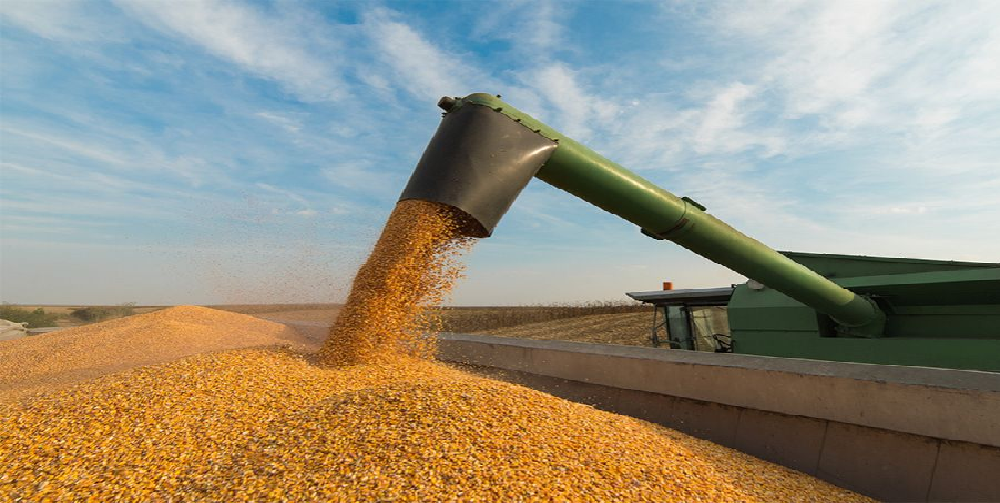
Chinese imports of US soybeans are on the rise
Apr, 26, 2021 Posted by Ruth HollardWeek 202118
Chinese imports of Brazilian soy fell in March, with rain delaying some shipments from Brazil, the leading global oilseed exporter. But imports of US soybeans skyrocketed and increased more than fourfold with the arrival of delayed shipments, reaching the highest monthly total since December 2016.
According to data received today from the General Customs Administration, China, the largest global soybean importer, imported just 315,334 tons from Brazil in March. This was down 85% from the 2.1 million tons imported during the same month last year.
Imports from Brazil were the lowest since January 2017, according to Reuters records with customs data.
More than offsetting this decline, China imported 7.18 million tons of soy from the USA in March, up 320% from the 1.7 million tons imported in the same month last year.
The data published last week was the first to separate the information by soybean origins. China published figures earlier this month, showing that soybean imports grew 82% to 7.7 million tons in March.
“Much of this appears to be due to delays that affected the arrival timing of American shipments,” said Darin Friedrichs, an analyst at StoneX. “Some of the shipments could have arrived earlier, but they were not unloaded until March.”
China has increased purchases of agricultural and other products from the US after the two sides signed an initial trade agreement last January. But soy buyers turned to the United States more than usual in 2021, as rains in Brazil delayed the harvest and, therefore, exports.
Chinese processors import soybeans for crushing and produce soybean meal for food and cooking. They had increased soy purchases due to the expectation of solid demand amid the recovery of the Chinese pig herd. But a severe wave of African swine fever cases in recent months has decimated at least 20% of the female herd in northern China, according to some estimates, reducing demand for soybean meal.
According to analysts and market operators, the increased use of wheat for feed also lowered the demand for soybean meal.
Source: Reuters
-
DW 2019 EN
May, 20, 2019
0
DatamarWeek 21 May 2019
-
Shipping
Jun, 06, 2024
0
MSC Launches Carioca: New Standalone Service Connecting Asia to South America East Coast
-
Grains
Jul, 10, 2021
0
Unctad sees Brazil more dependent on commodities
-
Economy
Nov, 03, 2021
0
Brazilian trade balance registers $2 bi surplus in October

